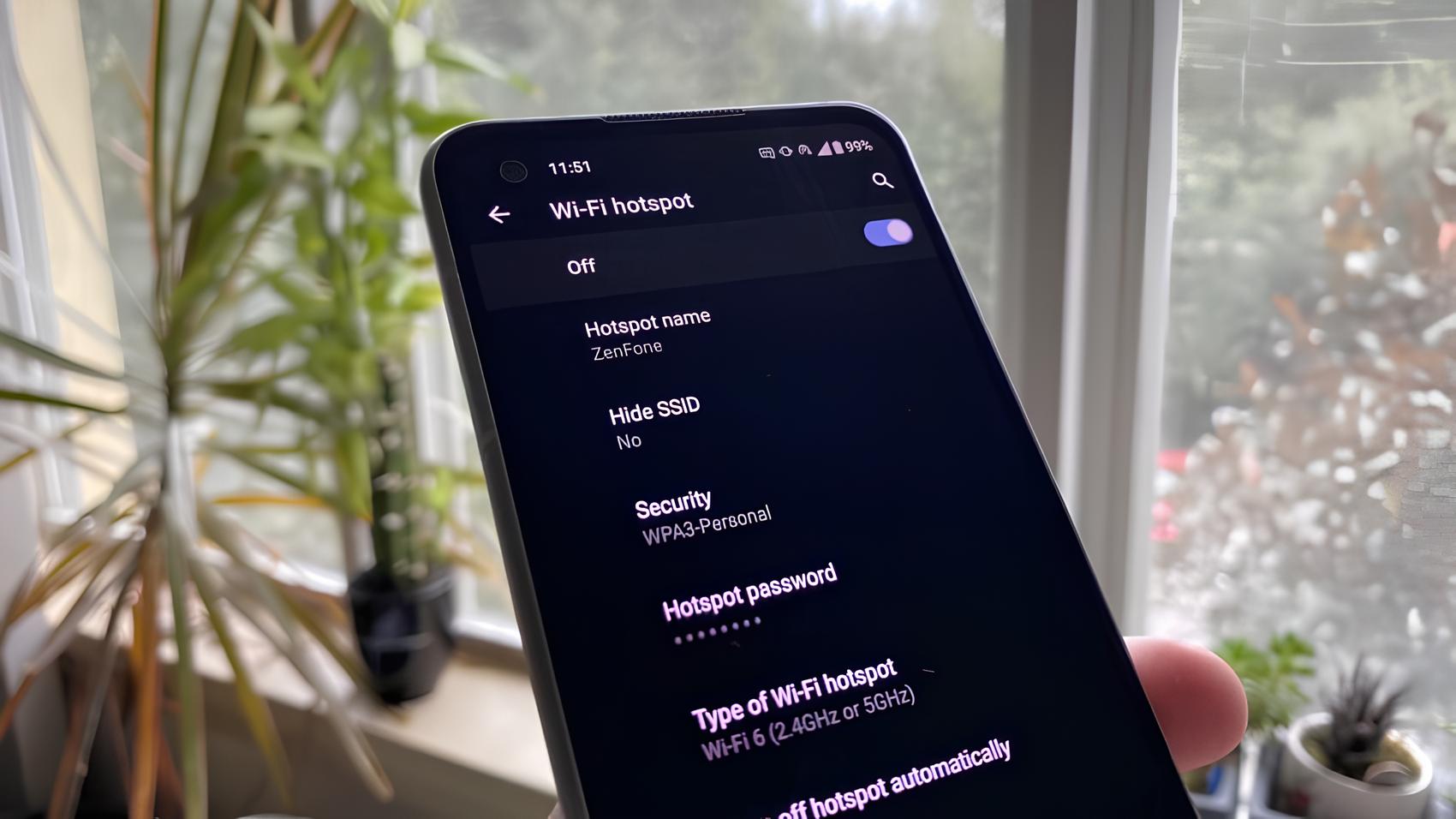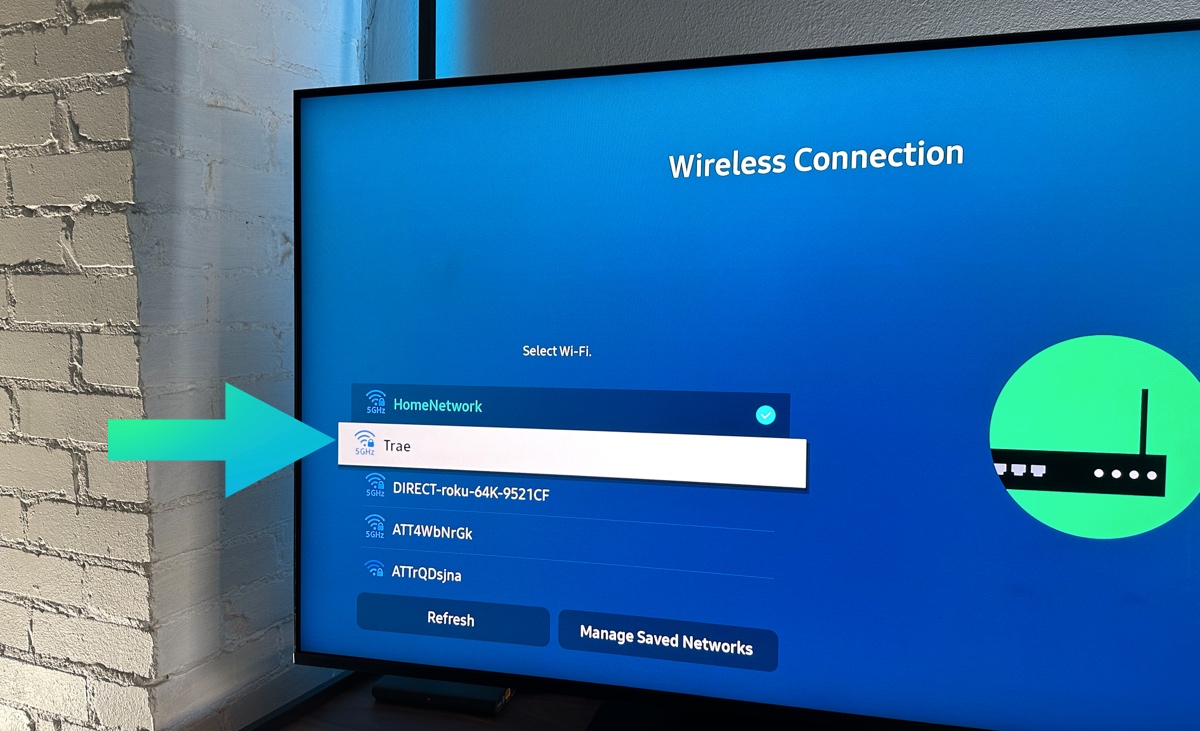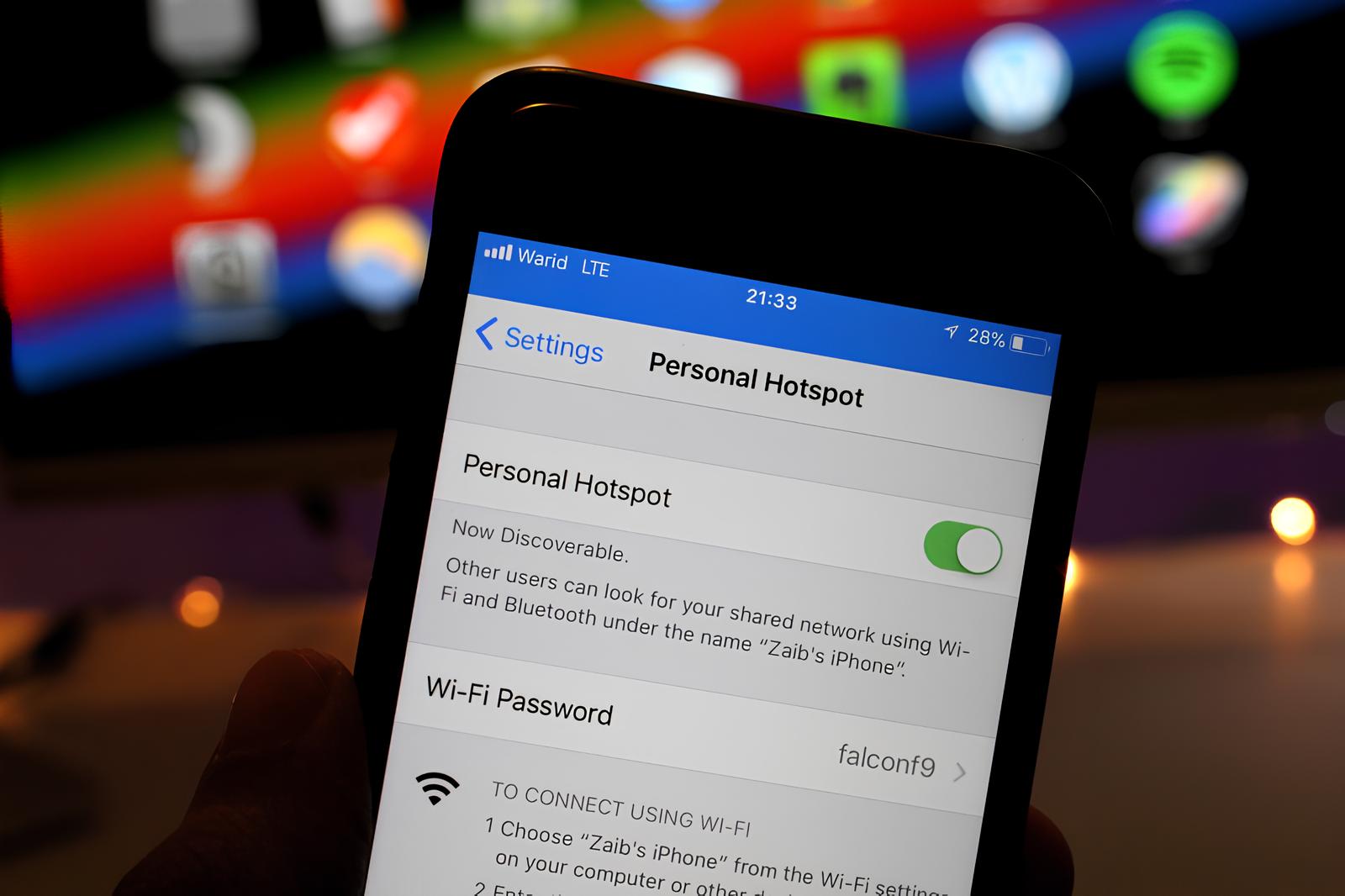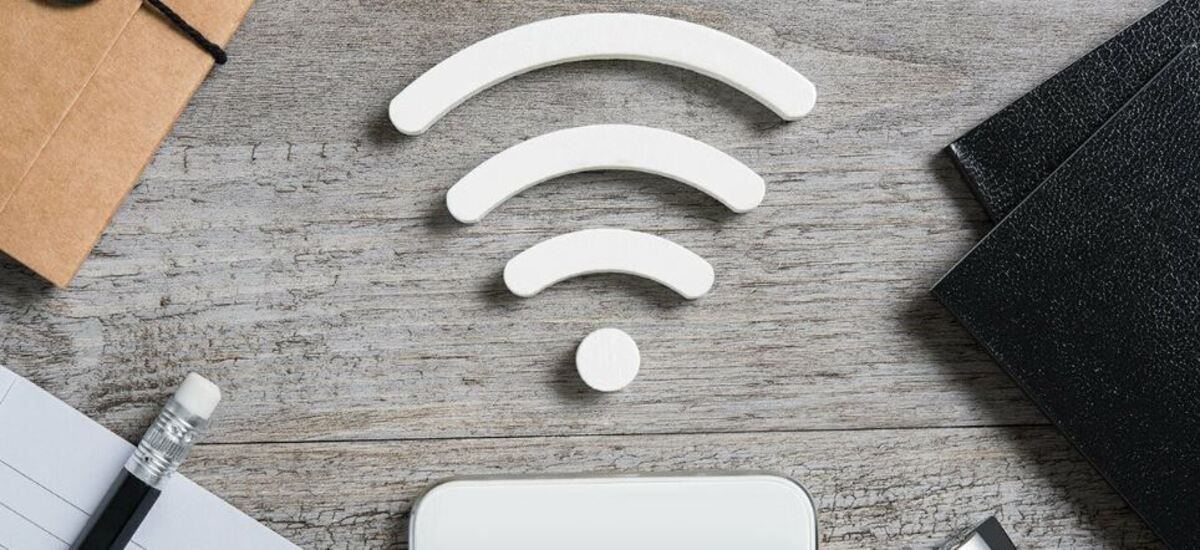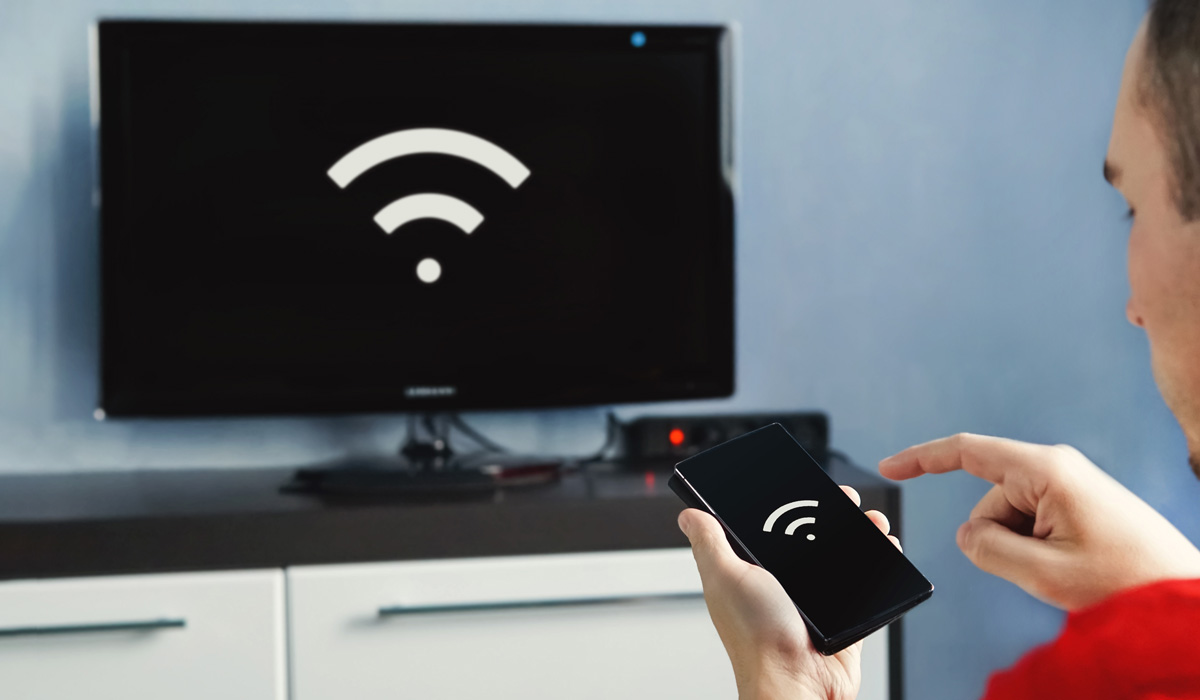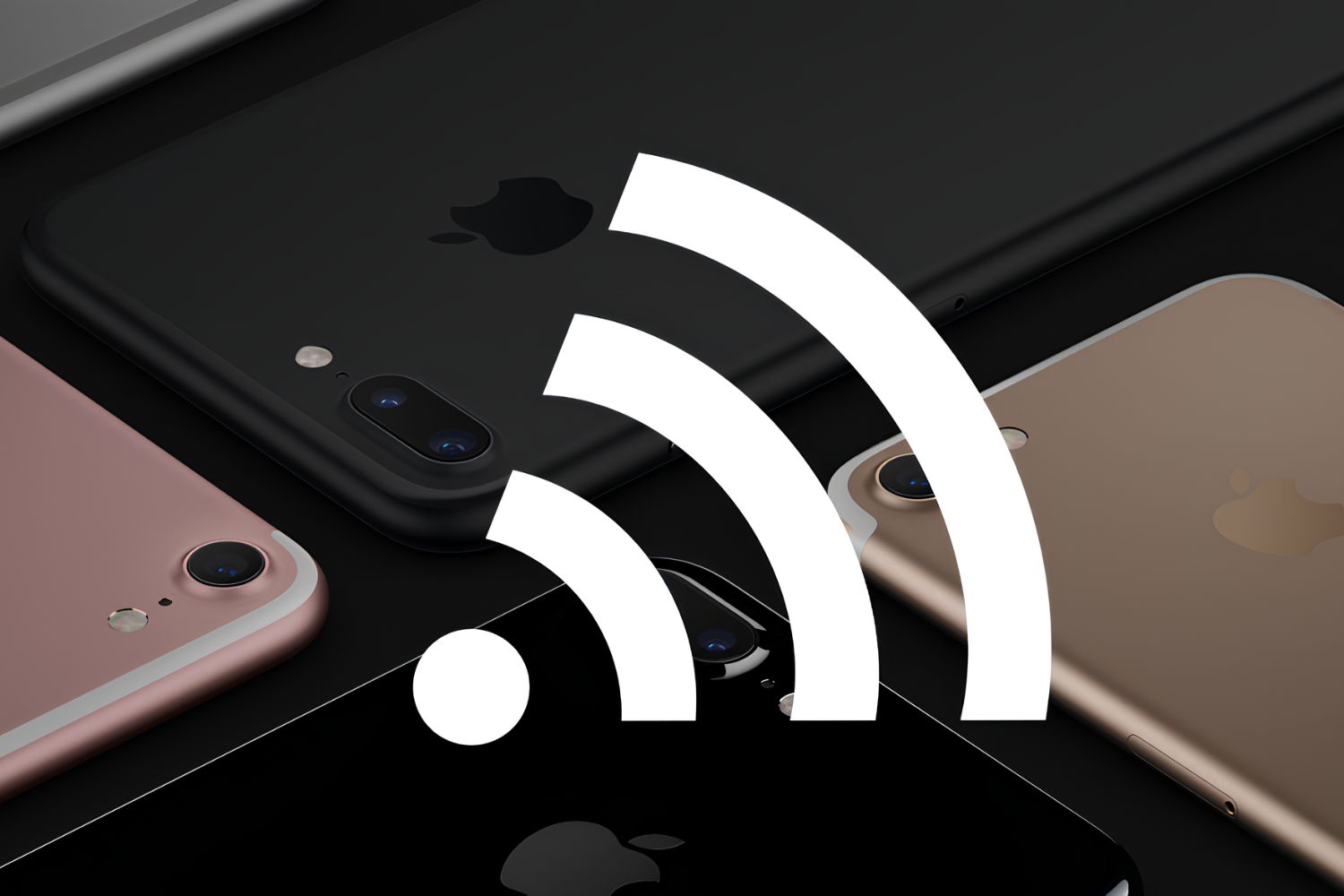Introduction
When it comes to staying connected, few things are more frustrating than having your hotspot unexpectedly turn off. Whether you rely on your hotspot for work, entertainment, or staying in touch with loved ones, encountering this issue can disrupt your plans and leave you feeling exasperated. However, before you resign yourself to a spotty connection or rush to replace your device, there are several troubleshooting steps you can take to address common hotspot issues and get back online with minimal hassle.
In this comprehensive guide, we will delve into the various factors that can cause your hotspot to turn off unexpectedly, as well as the steps you can take to identify and resolve these issues. By understanding the potential underlying causes and learning how to troubleshoot them effectively, you can regain control over your hotspot and enjoy a reliable, uninterrupted connection wherever you go.
So, if you've ever found yourself wondering why your hotspot keeps turning off or how to fix this frustrating problem, you're in the right place. From checking power settings to updating network drivers and addressing potential software conflicts, we'll explore a range of troubleshooting techniques designed to help you overcome common hotspot issues and maintain a stable, dependable connection. Let's dive in and unravel the mysteries behind hotspot disruptions, empowering you to troubleshoot and resolve these issues with confidence.
Check Power Settings
Ensuring that your device's power settings are optimized is a crucial first step in troubleshooting hotspot issues. Oftentimes, power-saving features or settings can inadvertently interfere with the consistent operation of your hotspot. Here's how to check and adjust your power settings to potentially resolve the problem:
-
Verify Power Management Settings: Start by navigating to the power management settings on your device. Depending on your operating system, you can access these settings through the Control Panel or System Preferences. Look for options related to power-saving modes or automatic sleep settings.
-
Adjust Power Plan Settings: If you are using a Windows-based device, check the power plan settings to ensure that they are not set to turn off the wireless adapter to conserve power. Adjust the plan settings to allow the wireless adapter to operate uninterrupted, especially when the device is plugged in.
-
Battery Settings for Laptops: For laptop users, it's essential to review the battery settings. Ensure that the power-saving features are not overly aggressive and are not set to disable the wireless adapter to conserve battery life.
-
USB Selective Suspend: In some cases, USB selective suspend settings can impact the performance of wireless adapters, including those used for hotspot functionality. Navigate to the advanced power settings and disable USB selective suspend to prevent the system from selectively suspending USB devices.
By carefully reviewing and adjusting your device's power settings, you can potentially eliminate power-related interferences that may be causing your hotspot to turn off unexpectedly. Once you have made the necessary adjustments, monitor the performance of your hotspot to determine if the issue has been resolved. If the problem persists, continue with the next troubleshooting steps to further diagnose and address the underlying cause of the disruption.
Update Network Drivers
Ensuring that your network drivers are up to date is a critical aspect of maintaining a stable and reliable connection for your hotspot. Network drivers serve as the communication link between your device's operating system and its networking hardware, including the wireless adapter responsible for hotspot functionality. Outdated or incompatible network drivers can lead to connectivity issues, including the unexpected turning off of your hotspot. Here's how to update your network drivers to potentially resolve this problem:
Windows Operating System
-
Device Manager: Access the Device Manager by right-clicking on the Start button and selecting "Device Manager" from the context menu. Expand the "Network adapters" category to view the installed network devices.
-
Update Driver Software: Right-click on the wireless network adapter and select "Update driver." Choose the option to search automatically for updated driver software. Windows will then search online for the latest driver updates and install them if available.
-
Manufacturer's Website: Alternatively, you can visit the website of your device's manufacturer to manually download and install the latest network drivers for your specific model. This approach ensures that you have the most recent and compatible drivers tailored to your hardware configuration.
macOS
-
Apple Menu: Click on the Apple menu and select "System Preferences." Then, choose "Software Update" to check for any available updates for your macOS and associated drivers.
-
Third-Party Software: If your device utilizes third-party networking hardware, such as USB wireless adapters, visit the manufacturer's website to download and install the latest drivers compatible with your macOS version.
Benefits of Updating Network Drivers
Updating your network drivers offers several benefits beyond potentially resolving hotspot issues. It can improve overall network performance, enhance security features, and provide compatibility with the latest networking standards. By ensuring that your network drivers are up to date, you can optimize the functionality of your wireless adapter and minimize the likelihood of encountering disruptions, such as the unexpected turning off of your hotspot.
After updating your network drivers, monitor the performance of your hotspot to determine if the issue has been successfully addressed. If the problem persists, proceed to the next troubleshooting steps to further diagnose and resolve any underlying factors contributing to the disruption.
In summary, keeping your network drivers updated is an essential maintenance practice that can positively impact the stability and performance of your hotspot, ultimately contributing to a seamless and reliable connectivity experience.
Disable Power Saving Mode
Disabling power saving mode can be a pivotal step in addressing issues related to a hotspot unexpectedly turning off. Power saving features, while beneficial for conserving energy and extending battery life, can inadvertently disrupt the consistent operation of wireless adapters and networking functionality. By disabling power saving mode specifically tailored to network adapters, you can potentially mitigate the risk of interruptions and maintain a stable connection for your hotspot.
Windows Operating System
To disable power saving mode for your network adapter on a Windows-based device, follow these steps:
-
Device Manager: Access the Device Manager by right-clicking on the Start button and selecting "Device Manager" from the context menu. Navigate to the "Network adapters" category to view the installed network devices.
-
Network Adapter Properties: Right-click on the wireless network adapter and select "Properties." In the Properties window, navigate to the "Power Management" tab.
-
Uncheck Power Saving Option: Within the Power Management tab, you will typically find an option that allows the computer to turn off the device to save power. Uncheck this option to disable power saving mode specifically for the network adapter.
-
Apply Changes: After unchecking the power-saving option, click "OK" or "Apply" to save the changes. This ensures that the network adapter remains active and operational without being subject to power-saving interruptions.
macOS
For macOS users, the process of disabling power saving mode for network adapters involves the following steps:
-
System Preferences: Click on the Apple menu and select "System Preferences." Then, choose "Network" to access the network settings for your macOS device.
-
Advanced Settings: Within the Network settings, locate and select the wireless network adapter for which you want to disable power saving mode. Then, click on the "Advanced" button to access advanced adapter settings.
-
Power Management: Look for an option related to power management or power-saving mode within the advanced settings. Uncheck or adjust this option to disable power saving mode specifically for the selected network adapter.
-
Save Changes: Once you have disabled power saving mode for the network adapter, save the changes and exit the network settings. This ensures that the network adapter remains active and operational without being subject to power-saving interruptions.
By disabling power saving mode for your network adapter, you can potentially eliminate a common source of disruption that may cause your hotspot to turn off unexpectedly. After making these adjustments, monitor the performance of your hotspot to determine if the issue has been successfully resolved. If the problem persists, continue with the remaining troubleshooting steps to further diagnose and address any underlying factors contributing to the disruption.
In summary, disabling power saving mode for network adapters is a proactive measure to ensure consistent and uninterrupted connectivity, particularly for devices reliant on hotspot functionality. This adjustment can help maintain a stable connection and minimize the likelihood of experiencing disruptions related to power-saving features.
Check for Software Conflicts
When troubleshooting issues related to a hotspot unexpectedly turning off, it is essential to consider the potential impact of software conflicts on the overall stability and performance of your network connection. Software conflicts can arise from various sources, including incompatible applications, conflicting network management utilities, or system-level software clashes. Identifying and addressing these conflicts is crucial in restoring the seamless operation of your hotspot and preventing recurrent disruptions.
Diagnostic Steps
To check for software conflicts that may be affecting your hotspot, consider the following diagnostic steps:
-
Review Installed Applications: Take inventory of the applications installed on your device, particularly those that are actively involved in network management or connectivity. Look for any recent installations or updates that coincided with the onset of hotspot issues.
-
Network Management Utilities: Assess whether third-party network management utilities or security software may be conflicting with the operation of your hotspot. These utilities can sometimes override system settings and interfere with wireless connectivity.
-
System Logs and Error Reports: Examine system logs and error reports for any indications of software conflicts or compatibility issues. These records can provide valuable insights into specific software components that may be contributing to the disruption.
-
Safe Mode Testing: Consider testing the hotspot functionality in safe mode, which temporarily disables non-essential system processes and third-party applications. If the hotspot operates reliably in safe mode, it suggests that a software conflict may be at play.
Resolution Strategies
Once potential software conflicts have been identified, consider the following strategies to address and resolve these issues:
-
Uninstall Conflicting Applications: If specific applications are found to be conflicting with the hotspot functionality, consider uninstalling or temporarily disabling them to assess the impact on connectivity.
-
Update or Reconfigure Security Software: Ensure that any security software or firewall applications are updated to the latest versions and configured to allow the unimpeded operation of network connections, including hotspot functionality.
-
System Restore or Rollback: If software conflicts appear to stem from recent system changes or updates, consider performing a system restore to revert to a previous stable configuration. This can help eliminate the impact of conflicting software changes.
-
Isolate and Test: Gradually isolate and test individual software components to pinpoint the source of conflicts. This may involve selectively enabling or disabling applications to observe their impact on hotspot stability.
By diligently investigating and addressing potential software conflicts, you can mitigate their impact on your hotspot's reliability and restore consistent connectivity. These proactive measures can help identify and resolve underlying software-related issues, ultimately contributing to a more seamless and dependable hotspot experience.
Reset Network Settings
Resetting network settings can serve as a powerful troubleshooting tool when dealing with persistent hotspot issues, including unexpected disconnections and disruptions. This process involves reverting network configurations to their default state, effectively clearing out potential misconfigurations, conflicts, or corrupted settings that may be contributing to the instability of your hotspot connection. By initiating a network settings reset, you can effectively wipe the slate clean and create a fresh foundation for your network connectivity to operate optimally.
Diagnostic Considerations
Before proceeding with a network settings reset, it is important to consider the following diagnostic aspects to ensure that this step aligns with the specific nature of the hotspot issues:
-
Symptom Persistence: Assess the persistence and recurrence of hotspot disruptions. If the issues have persisted despite previous troubleshooting efforts, a network settings reset may be warranted.
-
Network-Wide Impact: Determine if the hotspot issues are isolated to a specific device or if they affect multiple devices using the same hotspot connection. This evaluation can help gauge the potential scope of the underlying network configuration issues.
-
Recent Network Changes: Reflect on any recent changes or updates to network settings, system configurations, or software installations that may have coincided with the onset of hotspot disruptions. Identifying potential triggers can inform the decision to reset network settings.
Performing a Network Settings Reset
The process of resetting network settings varies across different operating systems and devices. However, the general steps involve accessing network settings or network reset options within the device's configuration interface. Here are general guidelines for initiating a network settings reset on common platforms:
-
Windows: Navigate to the "Network & Internet" settings and locate the option to reset network settings or reset network adapters. Follow the on-screen prompts to initiate the reset process, which may involve restarting the device to apply the changes.
-
macOS: Access the "Network" settings within System Preferences and look for the option to reset network settings or reset network configurations. Confirm the reset action and restart the device as prompted to finalize the process.
-
Mobile Devices: For smartphones and tablets, the network settings reset option is typically found within the device's settings menu, often under the "General" or "System" category. Select the network reset option and proceed with the reset process, acknowledging any warnings about data loss.
Impact and Considerations
Resetting network settings can lead to temporary disruptions in connectivity as the device re-establishes network configurations. It is important to consider the following aspects when performing a network settings reset:
-
Reconfiguration: After the reset, you may need to reconfigure network preferences, Wi-Fi passwords, and other custom network settings to restore connectivity.
-
Data Loss: In some cases, a network settings reset may result in the loss of saved network profiles and custom configurations, requiring re-entry of network credentials.
-
Stability Evaluation: Following the reset, monitor the performance of your hotspot to assess whether the issues have been effectively addressed. If disruptions persist, further troubleshooting may be necessary.
By carefully considering the impact and potential benefits of a network settings reset, you can make an informed decision about whether this step aligns with your efforts to resolve hotspot disruptions. If the issues persist despite a network settings reset, it may be necessary to explore additional troubleshooting avenues or seek professional assistance to diagnose and address the underlying causes of the disruptions.
Contact Support
If you've diligently followed the troubleshooting steps outlined in this guide and continue to experience persistent issues with your hotspot turning off unexpectedly, reaching out to technical support can provide valuable assistance in diagnosing and resolving the underlying causes of the disruptions. Technical support resources, whether provided by the manufacturer of your device or your network service provider, offer specialized expertise and resources to address complex connectivity issues that may be beyond the scope of standard troubleshooting measures.
When initiating contact with technical support, it's helpful to have relevant information readily available, including the specific symptoms and behaviors exhibited by your hotspot, any error messages or notifications received, and a summary of the troubleshooting steps you've already taken. This information can streamline the support process and provide valuable context for the support team to understand the nature of the issues you're encountering.
Depending on your device or service provider, technical support may be accessible through various channels, such as online chat support, phone assistance, or dedicated support forums. When engaging with support representatives, be prepared to articulate the details of your hotspot issues clearly and concisely, allowing the support team to efficiently assess the situation and provide targeted guidance.
In some cases, technical support may initiate advanced diagnostic procedures remotely to analyze the performance of your device's networking components and identify any underlying hardware or software issues contributing to the hotspot disruptions. This may involve running specialized diagnostic tools, reviewing system logs, or conducting remote troubleshooting sessions to pinpoint the root causes of the connectivity issues.
Furthermore, technical support can offer insights into potential warranty coverage, service options, or device-specific updates or patches that may address known issues affecting hotspot functionality. Leveraging the expertise of technical support professionals can lead to tailored solutions and recommendations tailored to your specific device and network environment.
In summary, contacting technical support represents a proactive step in seeking targeted assistance for persistent hotspot issues. By collaborating with knowledgeable support professionals, you can access specialized expertise and resources to diagnose and resolve complex connectivity challenges, ultimately working towards a stable and reliable hotspot experience.







